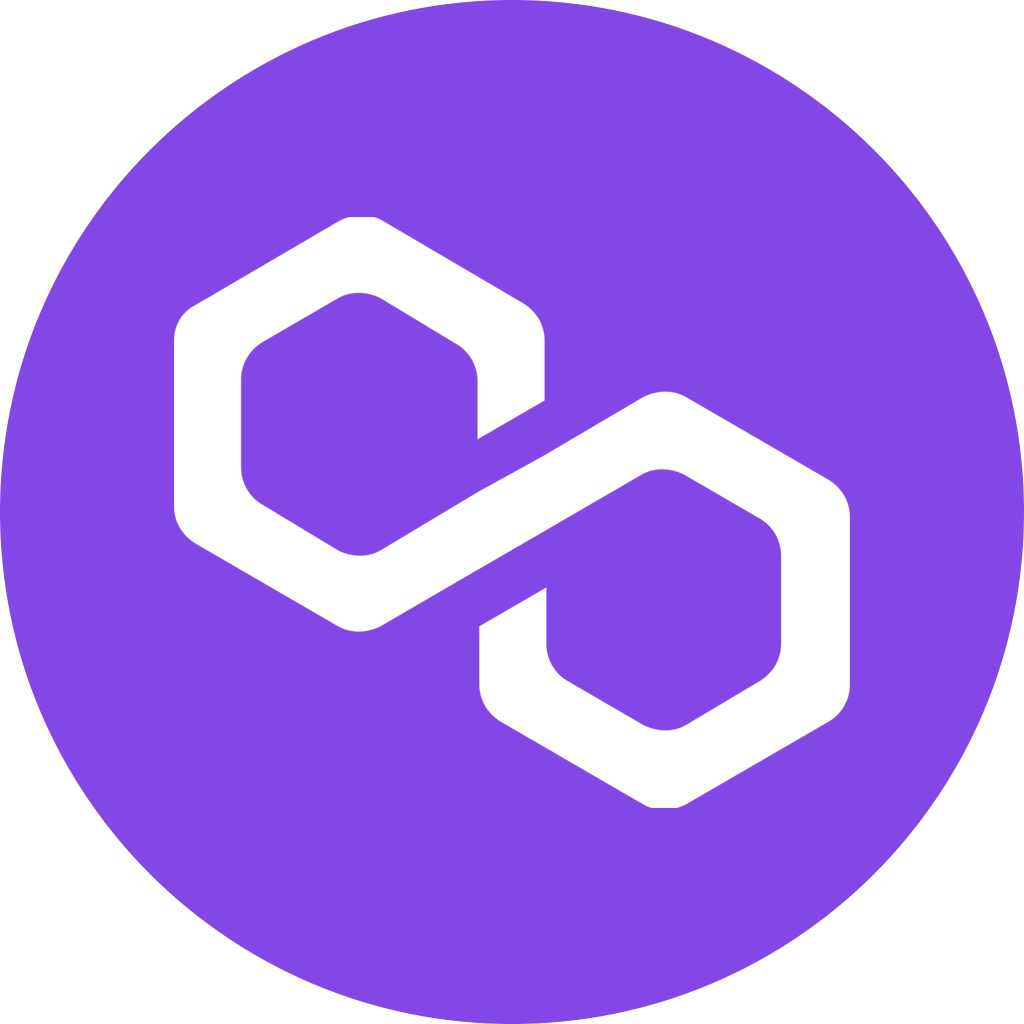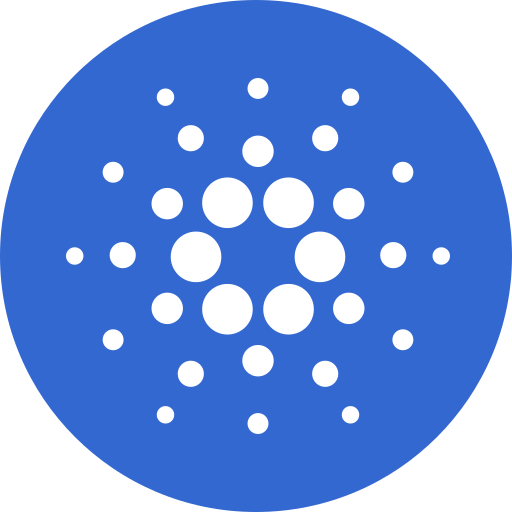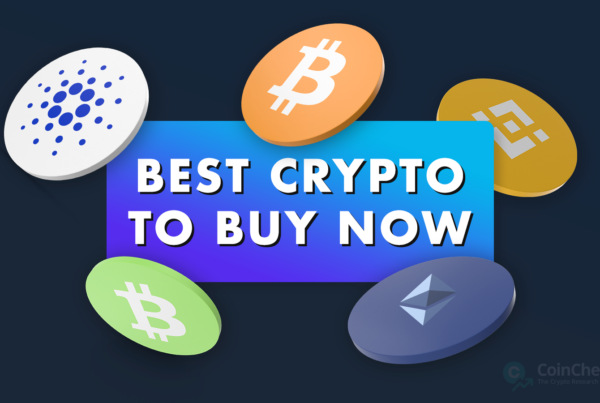
Cryptocurrency markets saw considerable upswing in the 2nd week of 2023, which has caused the total market capitalization of the sector to climb from $848 billion to over $1 trillion (an increase of more than 18% in a single week). The upswing was led by SOL (Solana), which gained more than 70% last week, but BTC, ETH and ADA also had an outstanding week in terms of price performance as all three coins appreciated by over 20%. Does this small bull-run mark the beginning of a reverse in the long-term market trend? Well, we don’t know about that, but one thing is for sure; cryptocurrency investors are starting to feel a bit more optimistic again.

3. Osmosis (OSMO)
Osmosis is a decentralized exchange (DEX) for the Cosmos ecosystem, which runs as an “appchain” on its own blockchain. This gives Osmosis greater control and much more flexibility compared to DEXs that must follow the code of a parent chain. Osmosis aims to become a cross-chain native DEX that connects all chains over IBC with the best trading and liquidity provision experience. To attain this goal, Osmosis is working with external developers to create, test and deploy features such as, margin, lending, credit, fiat on-ramps, DeFi vaults, NFTs, stablecoins, and more. OSMO, which is the protocol’s governance token, has a total supply of 1 billion and is currently changing hands at the price of around $0.85 per token. Since only 49% of all tokens are in circulation, this results in a total market capitalization of $425 million, which puts OSMO on the #80 spot.
OSMO/USDT trading rolled-out on KuCoin on January 13
After the listing on Binance in October, Osmosis got listed by another major crypto exchange last Friday, January 13. KuCoin announced the listing and enabled OSMO deposits a day prior on its official website and Twitter:
While users can trade OSMO/BTC, OSMO/BUSD and OSMO/USDT trading pairs on Binance, KuCoin for now only supports OSMO/USDT trading. Nevertheless, the KuCoin listing could additionally increase OSMO trading volumes as well as bring new liquidity for the Osmosis project. The KuCoin listing comes off the heels of a very successful 2022 for Osmosis, which has been named the most active project on the Cosmos network. In 2022, Osmosis saw over $17 billion in trading volume, which is more than 9x the total TVL within Cosmos ecosystem. Throughout 2022, Osmosis maintained on average of over 70,000 unique monthly visitors, from whom more than half of them performed 6 or more swaps per visit. This indicates that Osmosis DEX is a key gateway to liquidity not only within the Cosmos ecosystem but due to its use of Inter Blockchain Communication (IBC) protocol also to other ecosystems. Cosmos developers claim that there is significant potential for developments and collaborations in 2023 as well, meaning that OSMO might also prove to be a good mid to long-term investment.

2. Polygon (MATIC)
Polygon, previously known as Matic Network, is a leading Ethereum Layer 2 scaling solution. The Polygon Layer 2 network consists of several simultaneously run proof-of-stake sidechains that regularly push the data to Ethereum to create network checkpoints. Currently, there two bridges that allow users to move assets between Ethereum and Polygon, the first one being the Plasma bridge and the second one the PoS Bridge. The Plasma bridge delivers supersonic speeds and throughput and allows for an easy and fast exit to Ethereum mainnet at the same time. Together with several other features and tweaks, Polygon provides a major scalability improvement to the biggest smart contract blockchain. By successfully overcoming Ethereum’s most limiting shortcomings Polygon has become attractive for DeFi projects and is establishing itself as one of the key DeFi networks.
Developers aim to improve the network’s performance and stability through a recently announced Polygon hard fork
On Thursday, January 12, the Polygon team announced a hard fork of the Polygon mainnet. The hard fork, which is set to improve the network’s performance by reducing the severity of gas spikes and by reducing the time to finality (the time it takes for a block to be finalized after a transaction is included in it), is slated for January 17.
After the hard fork, Polygon network will double the denominator in the equation that calculates the gas fees, which will result in a much flatter distribution of gas fees around peak traffic times. In other words, the update aims to eliminate ridiculous gas price spikes. The second change will decrease the depth of blockchain reorganizations, as a single block producer will only produce 16 consecutive blocks as opposed to the current 64. At the time of writing, MATIC is trading at $0.985 and is up by 22% in the last 7 days. Nevertheless, several cryptos, including BTC and ETH posted a similar weekly gain, meaning that the news about the upgrade might not have been fully priced-in yet. In addition, MATIC price has recently spiked above $1 level but then quickly retraced back to sub $1 levels. Another confident surge above this psychological price could lead to a sustained trading above $1 or even higher valuation.

1. Cardano (ADA)
Cardano is a decentralized blockchain platform focused at creating a smart contract-enabled environment on which developers can build decentralized applications (dApps). By utilizing a proof-of-stake (PoS) consensus model, Cardano aims to deliver a more sustainable, scalable, and transparent operation compared to other smart contract blockchains. The project was started in 2017 by Charles Hoskinson, a mathematician who was once part of the Ethereum developer team. Together with a team of co-workers, Hoskinson raised $62.2 million for Cardano’s development through an ICO. Today, the development of the project is overseen by three main organizations: the IOG, the Cardano Foundation and Emurgo. Hoskinson and IOG strive to follow the principles of academic peer review in the project’s development process. The native asset of the Cardano blockchain is called ADA, but in 2021 the project rolled-out an update, which allows users to issue other tokens on Cardano blockchain as well. In September 2021 smart-contracts debuted on the Cardano mainnet, which was a major milestone for the ecosystem.
Developing and deploying custom sidechains on Cardano will soon become a reality
Cardano developers Input Output Global (IOG), formerly known as Input Output Hong Kong (IOHK), will be releasing a software kit later in January that will enable developers to deploy sidechains on Cardano.
According to the IOG’s official announcement, the EVM-compatible and mission-specific sidechains will connect to the Cardano main chain through a bridge that allows asset transfer between the chains. The toolkit will allow developers of the sidechain to determine the sidechain’s own consensus algorithm and features. Nevertheless, the sidechains rely on the mainchain for security as the block finality is determined based on the main chain’s consensus. The sidechain toolkit has already been used to create a custom side chain as a proof-of-concept. IOG also revealed, that the toolkit is currently being audited and will be made available on public testnet later this month. Likely also because of the announcement, Cardano has been on a considerable upswing causing ADA to gain more than 20% in the past week. In addition, ADA looks poised for some further appreciation.



